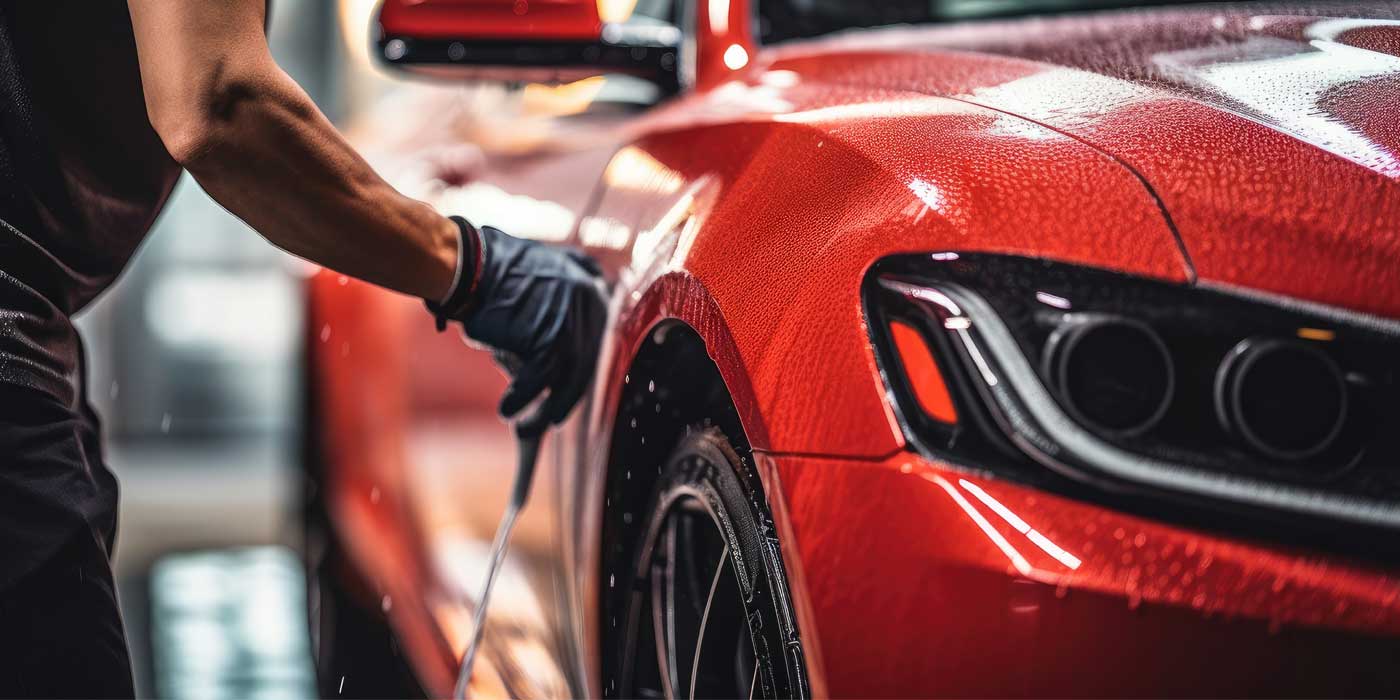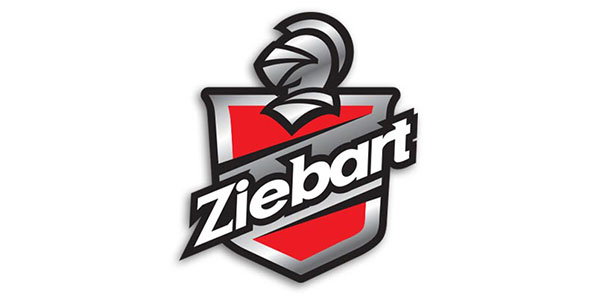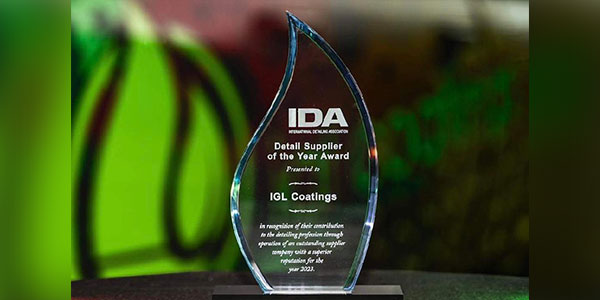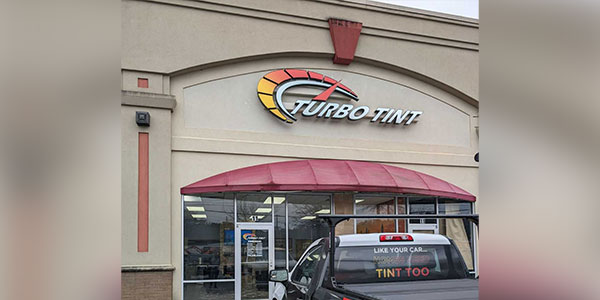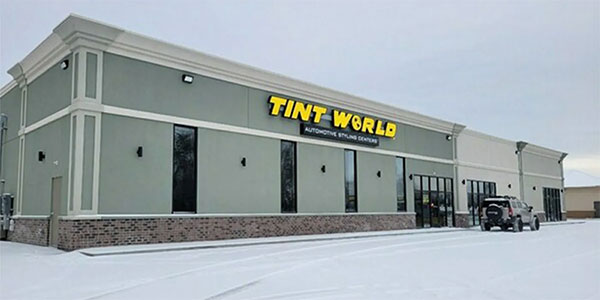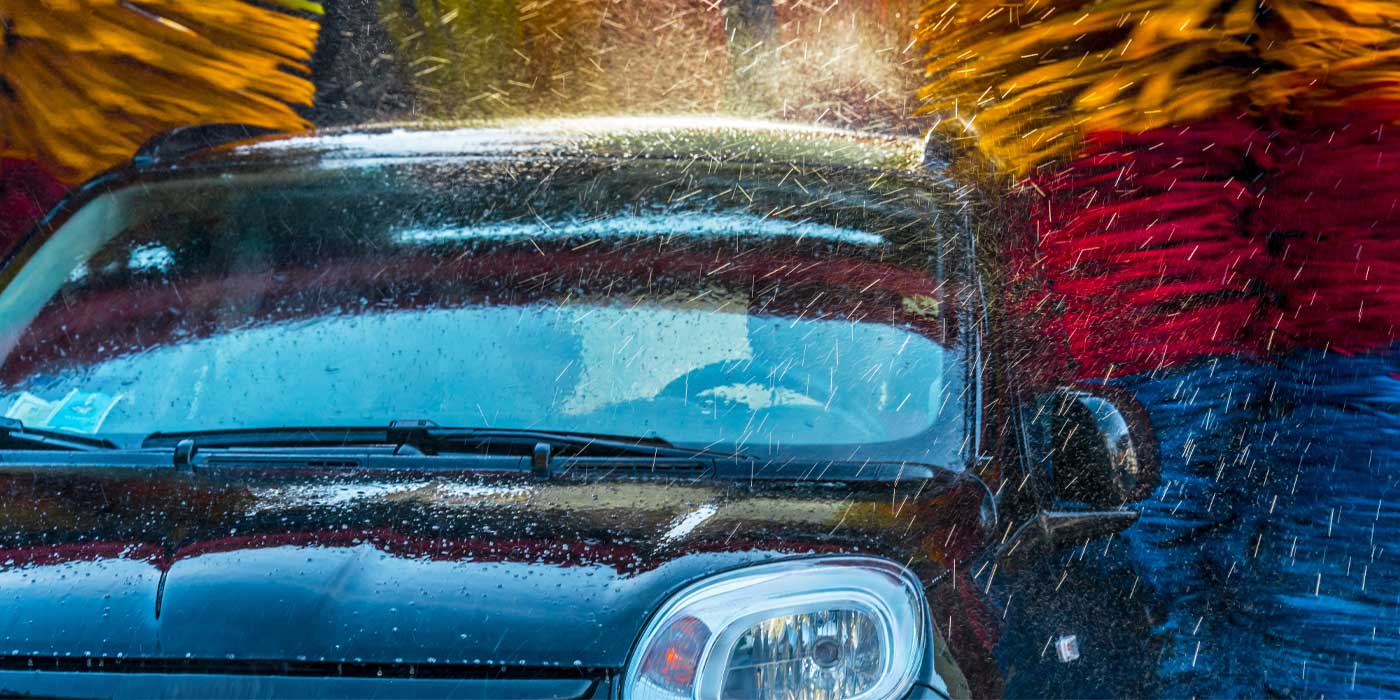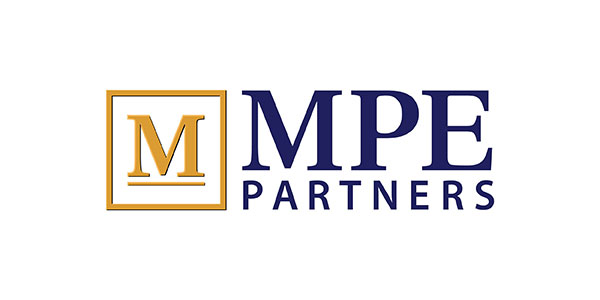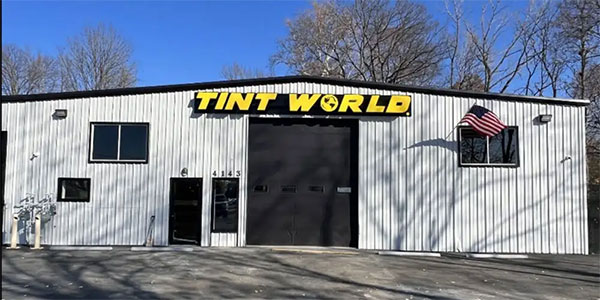I am a fanatic about having and maintaining good carwash equipment. All carwash owners should put equipment ahead of everything else, and rightly so. Without good equipment, customers will not come back and without customers, well, there goes the carwash.
In his eight years before us, the previous owner installed the latest and newest equipment as it became available. He was the first in town to install presoak and degreaser/tire cleaner. Then he was really on the cutting edge with spot-free rinse. The carwashes in our area always had to play catch up.
When we built the new six-bay in 2001, we installed new Dilling-Harris equipment and the next year replaced the equipment in the original six bays. So for the past five years we didn’t have to worry about the equipment end of the business.
As important as equipment is though, it isn’t everything. Appearance, particularly to the ladies, is a big part of the overall appeal. Over the years it is easy to get complacent about the appearance of your location. I think I was complacent in the five years after all the work on the new building and equipment was done.
Wear and tear
We’ve owned our 12-bay carwash for almost 19 years now. The original six-bay building was built in 1980, eight years before we bought the facility. As with all buildings almost 27 years old, the original wash needed a little tender loving care with some updates. It was time for another update (again).
About ten years ago, we noticed the wear-and-tear on the brown-colored cinder block walls and installed porcelain tile (less water absorption than ceramic) six feet up the walls. The porcelain tile worked, and looked good for the last ten years. We had to clean it with an acid wash every 60 days or so, which was a pain in the neck, but overall it did well.
What starts out looking good will deteriorate over time, particularly with the hard use a busy carwash gets. I’m guessing the walls in our busiest bay have been washed down with high pressure rinse and soap more than 10,000 times (maybe much more) since they were first installed 27 years ago. And that doesn’t count the inadvertent blasts they get from customers and the ricochets off the vehicles being washed.
Over the winter, a few of the tiles fell off the walls. Since it would cost money to have the repair done — I can’t install tile myself — I realized the money might be better spent on a new wall system because the tiles would probably be a continual problem. If they are coming off now, it will happen next winter, too.
The decision to replace the wall covering was easy, but what to replace it with took a little research. I was reminded of an article in Self Service Carwash News on wall covering, so I dug out my old copies and found two different articles.
One was about porcelain tile, which I didn’t need. The other article was about a new (to me, anyway) cellular PVC wallboard by Extrutech Plastics, Inc. in Manitowoc, WI.
This covering is a half-inch thick with ribs between the two outer surfaces every half-inch. The panels come in one- or two-foot widths and the company will cut to a specified length.
The design is tongue-and-grove with a nailing strip on the grove side. On cinderblock walls, it is recommended to attach with glue and use special screws with stainless steel washers on the nailing strip. The color selection includes white, blue, yellow, red and green.
Both size panels are mounted vertically on walls. The two-foot size is not recommended for ceilings.
PVC will not rot, rust or warp, never needs paint, is impact resistant, durable and lightweight and is mildew resistant and moisture proof.
For our bays, we chose white two-foot panels with a one-foot yellow accent section about four feet in from each end, and yellow on the outer ends of the walls. We decided 10 feet in height for the PVC would be sufficient even though our walls are 14 feet high. Anything above 10 feet would be difficult to keep clean and the brown cincer block will show the dirt less.
Installation
In order to install the PVC wall, we had some preparation work to do on the existing walls. Years ago we closed in the back doors on bays 1-4 with a white steel covering, but the short walls on each side were painted plywood and uneven. We shimmed these short walls out so we could come around the inside corner and butt right to the steel with the PVC for a smooth transition.
To remove the porcelain tiles, we first tried a tapered chisel and a hammer to “pop” the tile off. After pounding off over 300 tiles, cleaning the adhesive, small chips, etc., off the wall and stepping our tongues at the end of the day, we figured there had to be an easier way.
For the subsequent bays we used an air chisel which was much easier on the arms, and tongues. Anyone need the 600, 12-inch square used tiles we managed to save?
Process
First we installed the J-channel horizontally across the top at 10 feet 1/4 inches, creating a “cap” for the top of the PVC wallboard so water cannot run down into the cells between the PVC surfaces.
Then we started in the back corner, installed the short wall first and then worked our way down the long wall gluing the back and screwing in the nail strip. We would slide the top of the panel into the J-channel and leave the bottom of the wallboard open, just slightly above the top of the floor to allow any water in or behind the wallboard to drain out.
After installing the wallboard, we ran a thick bead of silicone sealant across the top of the J-channel so water cannot run down the back of the wallboard and freeze. We used a wet finger to concave the silicone, creating a slope to direct any water that runs down the block wall to the outside of the PVC wallboard and down to the floor.
Cost and labor to install
Right now we’ve got about $8,000 in materials for the inside walls of five bays and one wall of an outside bay. The labor is as follows:
| Item | Man hours | Bays | Extension | Total |
| Preparation | 4 | 5 | 20 | 20 |
| Installation | 10 | 5.5 | 55 | 75 |
| Outer end wall | 3 | 3 | 9 | 84 |
| Seal top | 1.5 | 5 | 7.5 | 91.5 |
As I write this, I’m not finished with the installation. I had to design and order more material for another of the end walls, but I figure the work left should be about three hours.
So far, the wallboard has withstood about three weeks of carwash abuse. I wish I had a longer time frame on which to report. You’ll have to check back in about 10 years.
The PVC wallboard is said to last up to 20 years, but the carwash brick we used in the new addition should last longer. I think the PVC wallboard will work good for covering our old walls, but one could also consider it for new construction. With the proper backing, the savings over brick could be considerable. It is reasonably priced, looks good and is long-lasting.
In this article, I’ve mentioned our 12-bay carwash. Well, technically, we no longer have 12 bays. Bay 12 has been bricked up for conversion to a dog wash.
If we were adding an automatic, this would be called an 11-plus-1. So, I guess this will be called 11-plus-dog, or, since we’ll have two dog-wash tubs, 11-plus-two-dog.
However, I won’t put in a third tub and open evenings. I don’t want to be known as Three Dog Night.
Dennis Ryan has been in the carwash business since 1988 and the construction business for 40 years. At one time he owned and operated five self-service carwashes. Currently he owns and operates American Pride Carwash in Casper/Evansville, WY. He can be contacted at [email protected].

